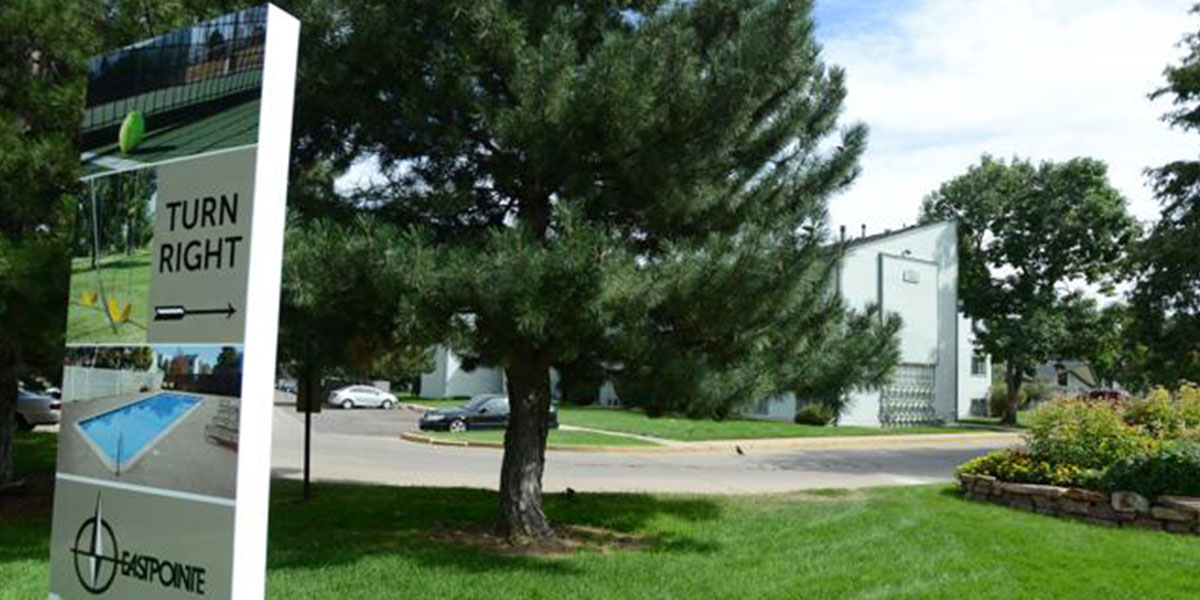By Shay Castle
Staff Writer
Nearly 58 percent of Boulder County renters were cost-burdened in 2015, according to a new report from online marketplace Apartment List — a 6.2 percent increase over 2014.
The report, based on U.S. Census data released Dec. 8, shows that 57.9 percent of renters here paid more than 30 percent of their income toward rent. In 2014, the figure was 54.6 percent.
“Boulder (County) is below average in terms of affordability,” said Andrew Woo, who co-authored the study. “Rent went up, income went down.”
Median rents in the county went up 6.8 percent during that time, from $1,205 to $1,287, according to the report. Median incomes for renters, on the other hand, declined 1.1 percent, from $41,772 to $41,309.
Boulder County was the second least-affordable metro area in Colorado, behind Pueblo for share of rent-burdened residents (60.5 percent.)
The city of Boulder, however, also had a 60.5 percent cost-burden rate, slightly up from last year’s 59.2 percent, tying with the Pueblo metro for most burdened citizenry.
Nationally, slightly more than half (50.6 percent) of renters paid more than 30 percent of their income for housing.
Vacancy rates in the county did increase this year, possibly portending a flattening or drop in rents. But it would take a dramatic decrease to make a dent in the local affordability crisis, according to housing officials.
“When we start at such a high place to begin with, the rents are still going to be unattainable,” said Jim Williams, with Boulder County Housing and Human Services.
“Increasing numbers of people are telling us they’re at the end of they’re ropes” when it comes to housing costs, he said.
Housing officials and developers say demand for apartments designated as permanently affordable remains high.
The vacancy rate for affordable units in the city of Boulder is 1 percent, according to Jay Sugnet, a senior planner. That’s compared to 7 percent for market-rate apartments.
“Boulder still critically needs affordable housing,” said Scott Holton, principal of Element Properties, which is in the process of developing 238 affordable units in the city.
A completed property on 30th Street is more than 91 percent leased, and another under construction in south Boulder is similarly full.
And although he said demand for this time of year feels slower than normal, Holton expects the “pent-up demand” for affordable living will drive the vacancy rate back down soon.
“There’s no amount of economic seasonality that is going to change the need for affordable rentals,” he said. “We desperately need work force, senior and family housing here.”
View original article here

